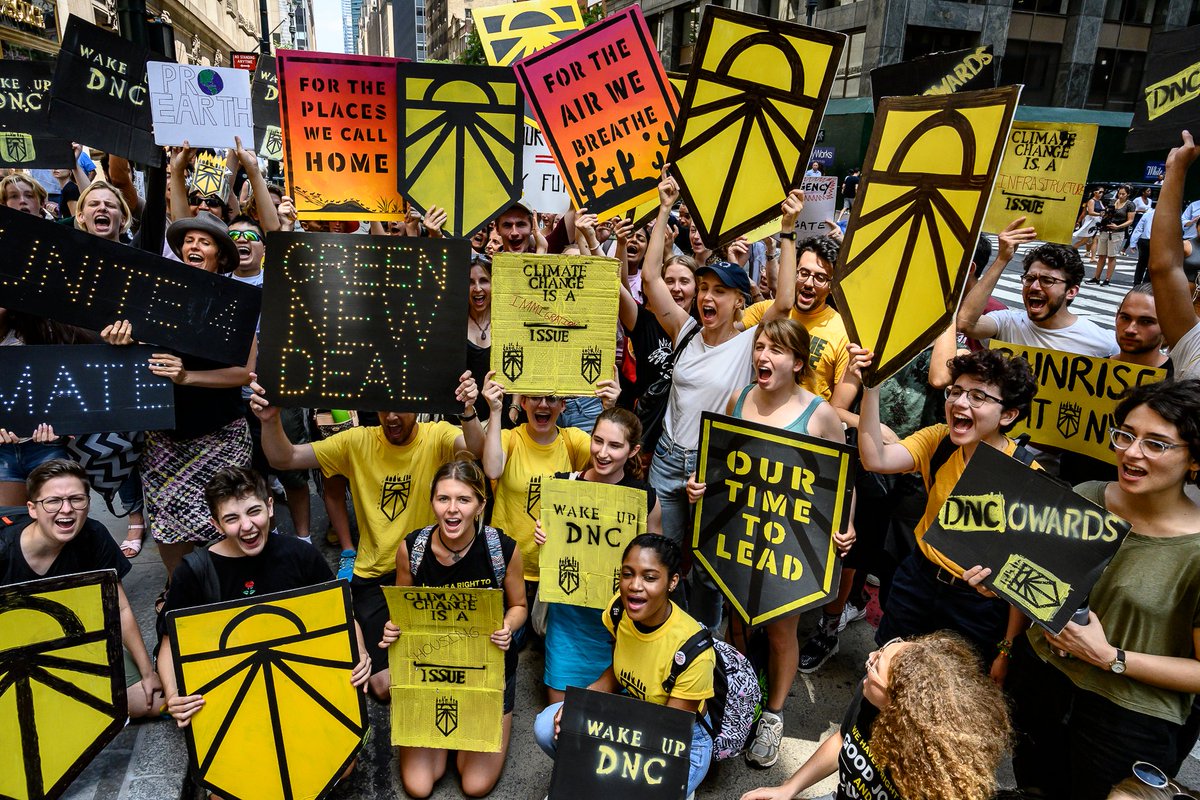Why Advocacy?
There are so many ways to live our values and leave this world better than we found it. Marching in protests, community service, and even just being true to yourself in daily life, are great examples of standing up for what we believe in.
Everyone is different, so maybe the other models of taking action don’t fit your personality/circumstances. Or maybe you’re already involved, and looking for yet another way to fit action into your daily life. If so, I invite you— I urge you— to give political advocacy a shot.
So, what do I mean by “advocacy”? Obviously, there are many ways to “advocate” on issues, but in this case I use the word as building relationships with others to change policy together.
Who should we build relationships with? Often, these partners are members of Congress and their staff. Congress has a responsibility to listen to their constituents. Not all lawmakers do it on every issue, but by writing letters and making phone calls, you can make your voice heard in a matter of minutes. When you do this, especially combined with in-person visits, you can affect change as a persistent young leader. Building bridges, while not taking “no” for an answer, gets us further than animosity.
“Building relationships” also applies to the friends, partners, and allies you make along the way. Writing letters and social media posts by yourself is a fine way to go, but in a team of fellow action-takers you’ll find support, inspiration, and greater impact as a diverse group of voices.
Advocacy is about being an educator, leader, and ally, helping people become leaders themselves in your movement. It’s not just about votes— there’s always another level up. Do your friends already support the same political candidates? Ask if they’ll write a handwritten letter to a lawmaker. Do your elected officials already share your concerns? It’s time for them to go further and actually lead sponsorship of bills.
Inspiring new advocates is big-picture, end goal stuff, so if you’re just getting started, don’t worry! You can take things at your own pace, and even if you never decide to do more than the occasional phone call, that action is still powerful.
I’m calling this blog “Thrill-seeking for Nerds” based on a comment made by Ken Patterson, Director of Global Grassroots Advocacy at RESULTS. At the best, most empowering moments, advocacy evokes that scary, yet exciting and addicting feeling, and we do it with both the will and knowledge to make things better. By doing things outside my comfort zone, like talking to Congressional staff or submitting letters to the editor, I can be part of a movement that is changing the world, and that is jump-up-and-down exciting to me!
The gains aren’t always big, nor are they glamorous. An increase in funding to the tuberculosis account in the U.S. budget sounds kind of boring, but that concrete action translates to thousands, even millions, of lives saved from the disease (not-so-fun fact: tuberculosis is still one of the top ten causes of death worldwide).
Today, I’m getting ready for the biggest year of advocacy yet— especially from Gen Z. So, how about you? Are you ready to do some globally-minded, nerdy thrill-seeking?
 |
| Members of the Sunrise movement using one method of activism |
Everyone is different, so maybe the other models of taking action don’t fit your personality/circumstances. Or maybe you’re already involved, and looking for yet another way to fit action into your daily life. If so, I invite you— I urge you— to give political advocacy a shot.
So, what do I mean by “advocacy”? Obviously, there are many ways to “advocate” on issues, but in this case I use the word as building relationships with others to change policy together.
 |
| My mom and I with an aide for Rep. Long |
Who should we build relationships with? Often, these partners are members of Congress and their staff. Congress has a responsibility to listen to their constituents. Not all lawmakers do it on every issue, but by writing letters and making phone calls, you can make your voice heard in a matter of minutes. When you do this, especially combined with in-person visits, you can affect change as a persistent young leader. Building bridges, while not taking “no” for an answer, gets us further than animosity.
“Building relationships” also applies to the friends, partners, and allies you make along the way. Writing letters and social media posts by yourself is a fine way to go, but in a team of fellow action-takers you’ll find support, inspiration, and greater impact as a diverse group of voices.
 |
| A team of advocates preparing for meetings on Capitol Hill |
Advocacy is about being an educator, leader, and ally, helping people become leaders themselves in your movement. It’s not just about votes— there’s always another level up. Do your friends already support the same political candidates? Ask if they’ll write a handwritten letter to a lawmaker. Do your elected officials already share your concerns? It’s time for them to go further and actually lead sponsorship of bills.
Inspiring new advocates is big-picture, end goal stuff, so if you’re just getting started, don’t worry! You can take things at your own pace, and even if you never decide to do more than the occasional phone call, that action is still powerful.
I’m calling this blog “Thrill-seeking for Nerds” based on a comment made by Ken Patterson, Director of Global Grassroots Advocacy at RESULTS. At the best, most empowering moments, advocacy evokes that scary, yet exciting and addicting feeling, and we do it with both the will and knowledge to make things better. By doing things outside my comfort zone, like talking to Congressional staff or submitting letters to the editor, I can be part of a movement that is changing the world, and that is jump-up-and-down exciting to me!
 |
| Advocacy comes with a range of emotions, which are well-represented in this photo from my family vacation! |
The gains aren’t always big, nor are they glamorous. An increase in funding to the tuberculosis account in the U.S. budget sounds kind of boring, but that concrete action translates to thousands, even millions, of lives saved from the disease (not-so-fun fact: tuberculosis is still one of the top ten causes of death worldwide).
Today, I’m getting ready for the biggest year of advocacy yet— especially from Gen Z. So, how about you? Are you ready to do some globally-minded, nerdy thrill-seeking?


Comments
Post a Comment